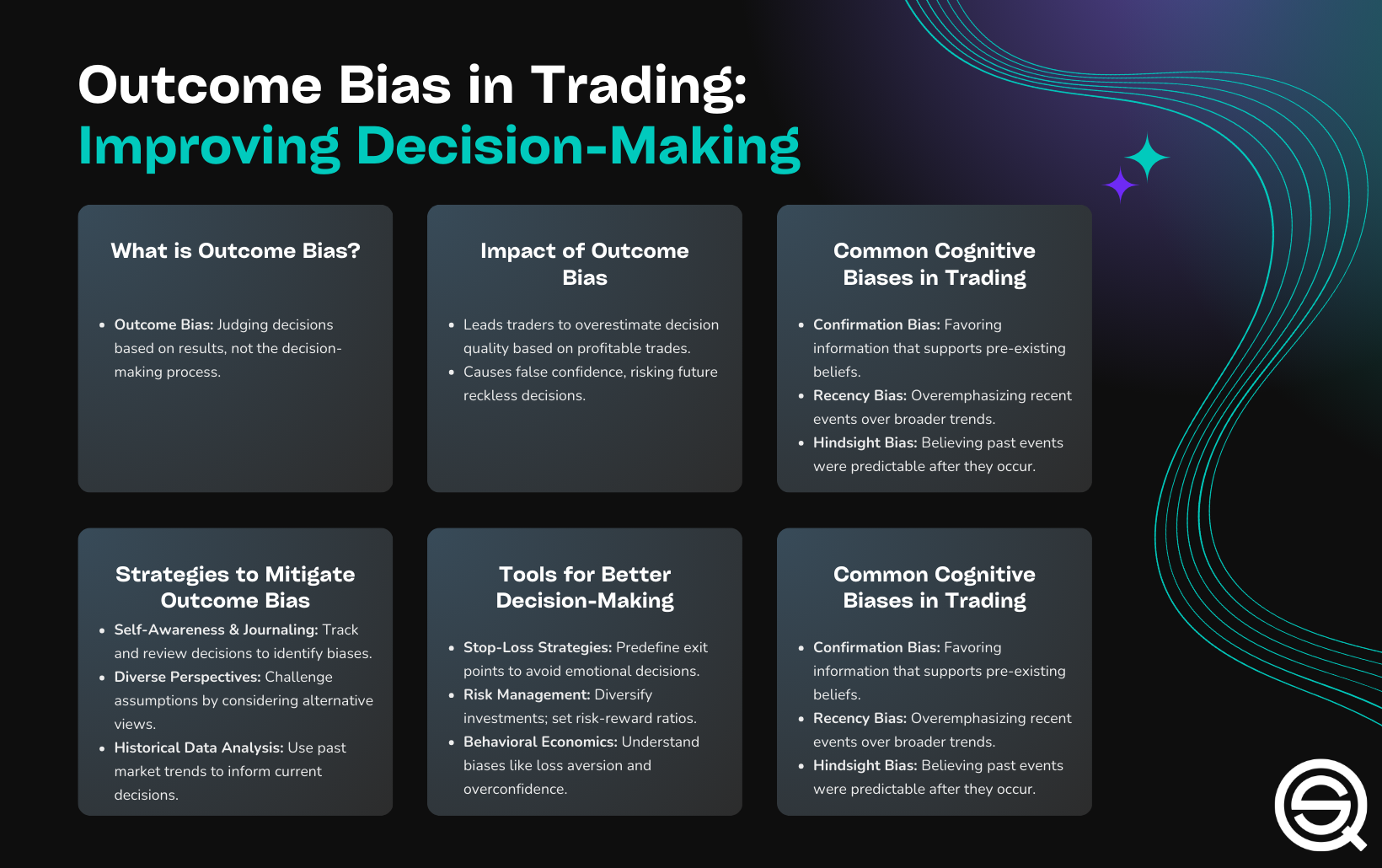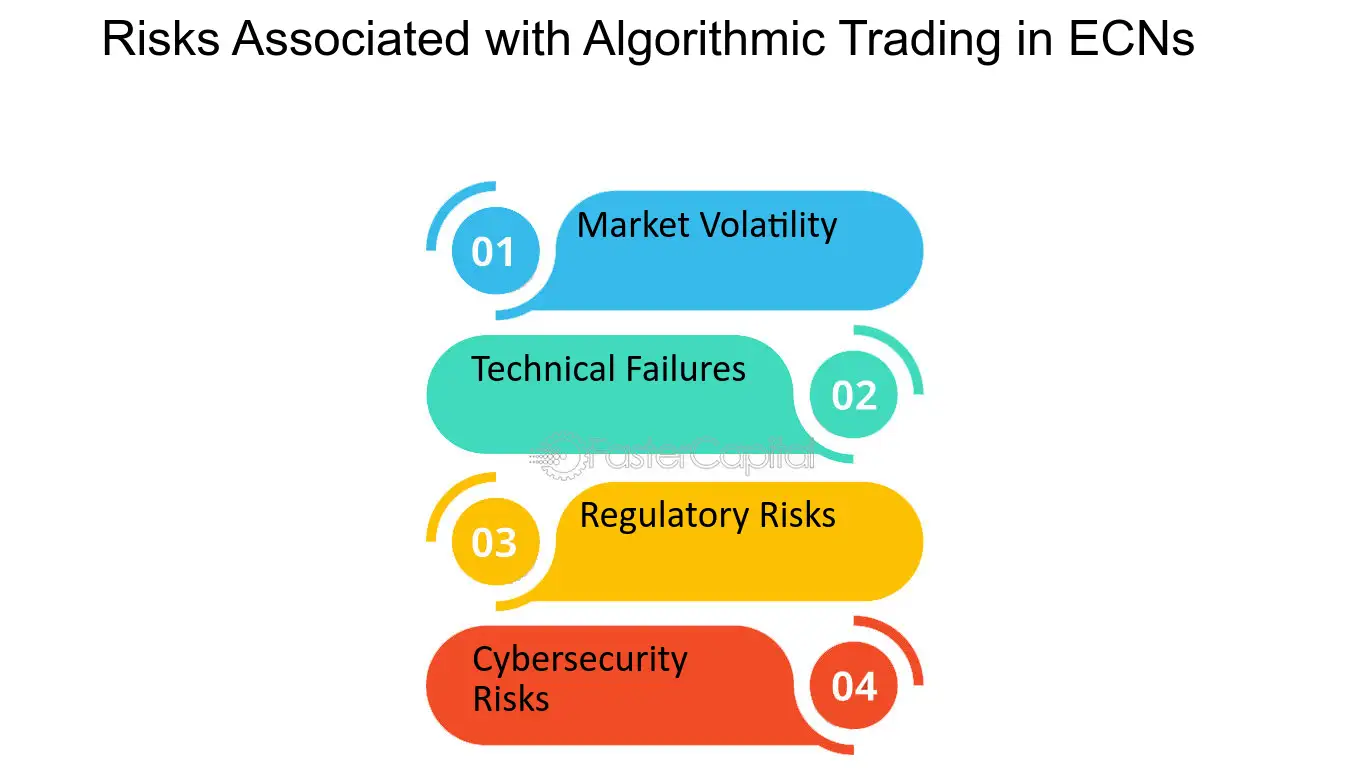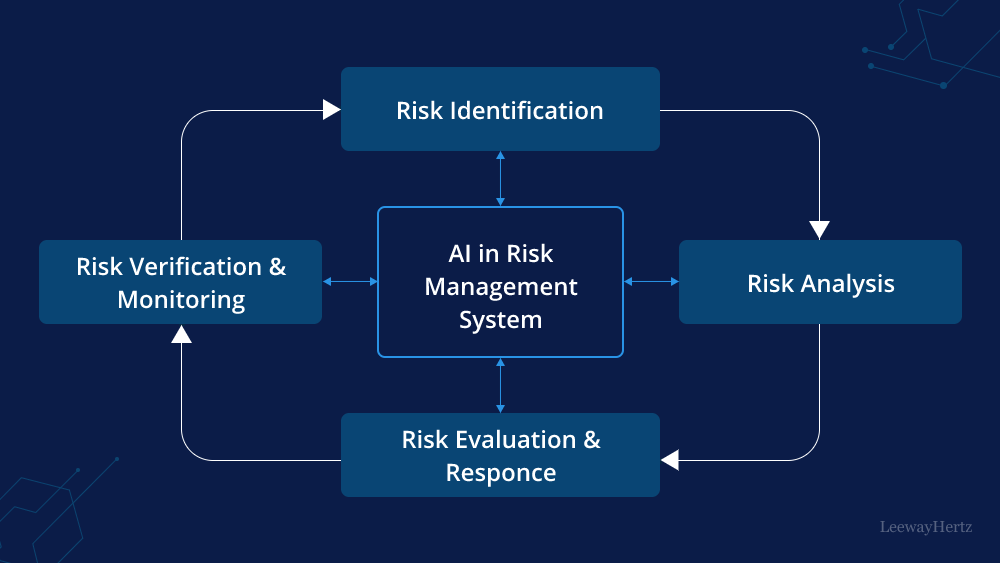Did you know that even the most sophisticated algorithms can sometimes trade like they're having a bad day? In the world of day trading with algorithms, risks are as abundant as the data they analyze. This article dives into the critical risks associated with algorithmic trading, including how strategies can amplify exposure and the pitfalls of automated systems. We’ll explore the impact of market volatility, the importance of data quality, and the psychological challenges traders face. Additionally, we’ll examine technical failures, the dangers of overfitting, and the implications of slippage and leverage. With insights from DayTradingBusiness, you’ll learn how to identify and manage these risks effectively to enhance your trading journey.
What are the main risks of day trading with algorithms?
The main risks of day trading with algorithms include:
1. Market Volatility: Sudden price swings can lead to significant losses if algorithms don't adapt quickly.
2. Technical Failures: System crashes or connectivity issues can prevent timely execution of trades.
3. Overfitting: Algorithms may perform well on historical data but fail in real market conditions due to lack of adaptability.
4. Liquidity Risk: Algorithms may struggle to execute large orders without impacting market prices.
5. Regulatory Changes: New regulations can affect trading strategies and profitability.
6. Data Quality: Inaccurate or delayed data can result in poor decision-making.
7. Psychological Factors: Developers may rely too much on algorithms, ignoring market intuition or reacting emotionally to losses.
Each of these risks can significantly impact profitability and trading success.
How do algorithmic trading strategies increase risk exposure?
Algorithmic trading strategies can increase risk exposure in several ways. First, they often rely on high leverage, magnifying both gains and losses. Second, algorithms can react to market changes faster than human traders, which may lead to overtrading or executing trades in volatile conditions. Third, poor coding or unforeseen market conditions can result in significant losses if the algorithm fails to adapt. Lastly, reliance on historical data can lead to false confidence, as past performance doesn’t guarantee future results, increasing the risk of unexpected downturns.
What are the common pitfalls of automated trading systems?
Common pitfalls of automated trading systems include:
1. Overfitting: Algorithms may perform well on historical data but fail in real market conditions due to excessive customization.
2. Lack of adaptability: Systems that don't adjust to changing market conditions can lead to significant losses.
3. Technical failures: Software bugs or hardware malfunctions can disrupt trading, resulting in missed opportunities or unintended trades.
4. Market impact: High-frequency trading can affect market prices, leading to slippage and reduced profitability.
5. Emotional detachment: While automation removes emotions, it can lead to neglect of market analysis and strategy adjustments.
6. Dependence on historical data: Relying solely on past performance can misguide future expectations, especially in volatile markets.
How can market volatility impact algorithmic trading?
Market volatility can significantly impact algorithmic trading by increasing the risk of slippage, where orders are executed at less favorable prices. High volatility may trigger false signals, leading algorithms to make poor trading decisions. Additionally, rapid price swings can overwhelm algorithms, causing them to malfunction or execute trades at unintended times. This can result in substantial losses if the algorithms aren't designed to adapt to changing market conditions. Proper risk management and adaptive algorithms are crucial to mitigate these effects.
What role does data quality play in algorithmic trading risks?
Data quality is crucial in algorithmic trading because poor data can lead to incorrect signals, resulting in significant financial losses. Inaccurate or outdated data can skew analysis, causing algorithms to make flawed decisions. High-quality, real-time data ensures that trading strategies are based on accurate market conditions, reducing risks associated with volatility and unexpected events. Additionally, reliable data helps in backtesting strategies effectively, enhancing performance and trust in the algorithms used.
How do technical failures affect day trading with algorithms?
Technical failures can significantly disrupt day trading with algorithms by causing losses or missed opportunities. System outages can prevent trades from executing, while connectivity issues may lead to delayed reactions to market changes. Algorithm malfunctions can result in incorrect trading signals, leading to unplanned trades or losses. Additionally, data feed errors can misrepresent market conditions, causing traders to make uninformed decisions. Overall, these failures can create unpredictable risks that jeopardize profitability.
What psychological risks do traders face when using algorithms?
Traders using algorithms face several psychological risks, including overconfidence from relying on automated systems, which can lead to neglecting market changes. They may experience decreased emotional resilience, making them less capable of handling losses. There's also the risk of detachment, where traders disconnect from the market, leading to poor decision-making. Additionally, algorithmic trading can create a sense of helplessness if traders believe they have no control over outcomes. Lastly, the constant performance monitoring can induce anxiety and stress, impacting overall mental well-being.
How can backtesting lead to false confidence in trading algorithms?

Backtesting can create false confidence in trading algorithms by providing an unrealistic view of performance. It often relies on historical data that may not reflect future market conditions. Overfitting can occur, where an algorithm is tailored too closely to past data, resulting in poor real-world performance. Additionally, backtests may ignore transaction costs, slippage, and market impact, leading to overestimated returns. Traders might also experience bias, focusing on successful trades while disregarding failures. This combination can mislead traders into believing their strategy is robust when it may not be effective in live markets.
What are the risks of overfitting in algorithmic trading models?
Overfitting in algorithmic trading models can lead to several risks:
1. Poor Generalization: The model may perform well on historical data but fail in real market conditions, leading to significant losses.
2. Increased Trading Costs: Overfitted models often generate excessive trades, increasing transaction costs and reducing overall profitability.
3. False Signals: The model might identify patterns that don’t exist in live markets, resulting in bad trade decisions.
4. Market Changes: Algorithms tuned to past data may not adapt well to new market conditions, causing outdated strategies to underperform.
5. Risk of Anomalies: Overfitting can make models sensitive to outliers or noise in data, leading to erratic trading behavior.
Avoiding overfitting requires regular validation, simplicity in model design, and consideration of market dynamics.
How does slippage impact returns in algorithmic trading?
Slippage occurs when there’s a difference between the expected price of a trade and the actual price at which it’s executed. In algorithmic trading, slippage can significantly reduce returns by increasing costs. For example, if an algorithm targets a buy at $100 but executes at $101, the trader loses potential profit. This effect is amplified in high-frequency trading or during volatile market conditions. Managing slippage through limit orders and optimizing execution strategies is crucial to mitigate its impact on returns.
What are the regulatory risks associated with algorithmic trading?

Regulatory risks in algorithmic trading include compliance with financial regulations, potential market manipulation allegations, and adherence to reporting requirements. Algorithms must align with regulations like MiFID II or SEC rules. Non-compliance can lead to fines, sanctions, or bans. Additionally, the rapid execution of trades might trigger circuit breakers, impacting trading strategies. Firms must also ensure their algorithms don’t unintentionally create unfair trading advantages, risking scrutiny from regulators.
How can changing market conditions expose algorithmic trading risks?
Changing market conditions can expose algorithmic trading risks by affecting the assumptions underlying the algorithms. For instance, high volatility can lead to price slippage, causing algorithms to execute trades at unfavorable prices. Additionally, sudden market events can trigger unexpected behavior in algorithms, resulting in rapid losses. Liquidity changes can also impact execution, making it harder to enter or exit positions. Algorithms that rely on historical data may fail to adapt quickly to new trends, leading to poor performance. Overall, the adaptability of algorithms is crucial in navigating these risks.
What measures can mitigate risks in algorithmic trading?

To mitigate risks in algorithmic trading, implement the following measures:
1. Robust Backtesting: Test algorithms on historical data to identify potential flaws and performance issues before live trading.
2. Risk Management: Set strict stop-loss limits and position sizing to minimize losses on individual trades.
3. Diversification: Spread investments across various assets to reduce exposure to any single market movement.
4. Regular Monitoring: Continuously monitor algorithm performance and market conditions to make timely adjustments.
5. Use of Limits and Controls: Establish trading limits and controls to prevent excessive trading and ensure compliance with strategies.
6. Real-time Data Analysis: Utilize real-time analytics to adapt to market changes quickly.
7. Algorithm Updates: Regularly update algorithms based on new data insights and changing market conditions.
8. Stress Testing: Simulate extreme market scenarios to assess how algorithms perform under stress.
These strategies can help manage the inherent risks in algorithmic trading effectively.
How do trading costs affect the risk-reward ratio in algorithmic trading?
Trading costs impact the risk-reward ratio in algorithmic trading by eroding profits and increasing the overall risk of a strategy. High transaction fees can significantly reduce the potential gains from trades, making it harder to achieve a favorable risk-reward balance. Additionally, slippage—when the execution price differs from the expected price—can further diminish returns, leading to a less attractive risk-reward ratio. Therefore, managing trading costs is crucial for maintaining profitability in algorithmic trading.
Learn about How Do Broker Compliance Rules Affect Day Trading Costs and Fees?
What is the impact of leverage on algorithmic trading risks?
Leverage amplifies both gains and losses in algorithmic trading. When you use leverage, even small market movements can lead to significant profit or loss. This increases the risk of margin calls and potential liquidation of positions. Algorithms may execute trades based on assumptions that can quickly become invalid in volatile markets, leading to rapid losses. Additionally, high leverage can result in a lack of liquidity, making it harder to exit positions. Overall, while leverage can enhance returns, it substantially raises the risk profile of algorithmic trading strategies.
How can traders identify and manage algorithmic trading risks?
Traders can identify algorithmic trading risks by analyzing historical performance data, monitoring market volatility, and understanding the algorithms' decision-making logic. They should also assess liquidity risks and slippage potential. To manage these risks, traders can implement stop-loss orders, diversify strategies, regularly backtest algorithms, and use risk management tools like position sizing and portfolio balancing. Continuous monitoring and adjusting algorithms in response to market conditions are also crucial.
Conclusion about Risks Involved in Day Trading with Algorithms
In conclusion, while algorithmic trading can enhance efficiency and speed, it carries significant risks that traders must understand and manage. Factors such as market volatility, data quality, technical failures, and psychological pressures can all contribute to potential losses. By being aware of these challenges and implementing strategies to mitigate them, traders can navigate the complex landscape of algorithmic trading more effectively. For comprehensive insights and guidance on these risks, DayTradingBusiness is here to assist you in strengthening your trading approach.
Learn about The Risks Involved in Day Trading